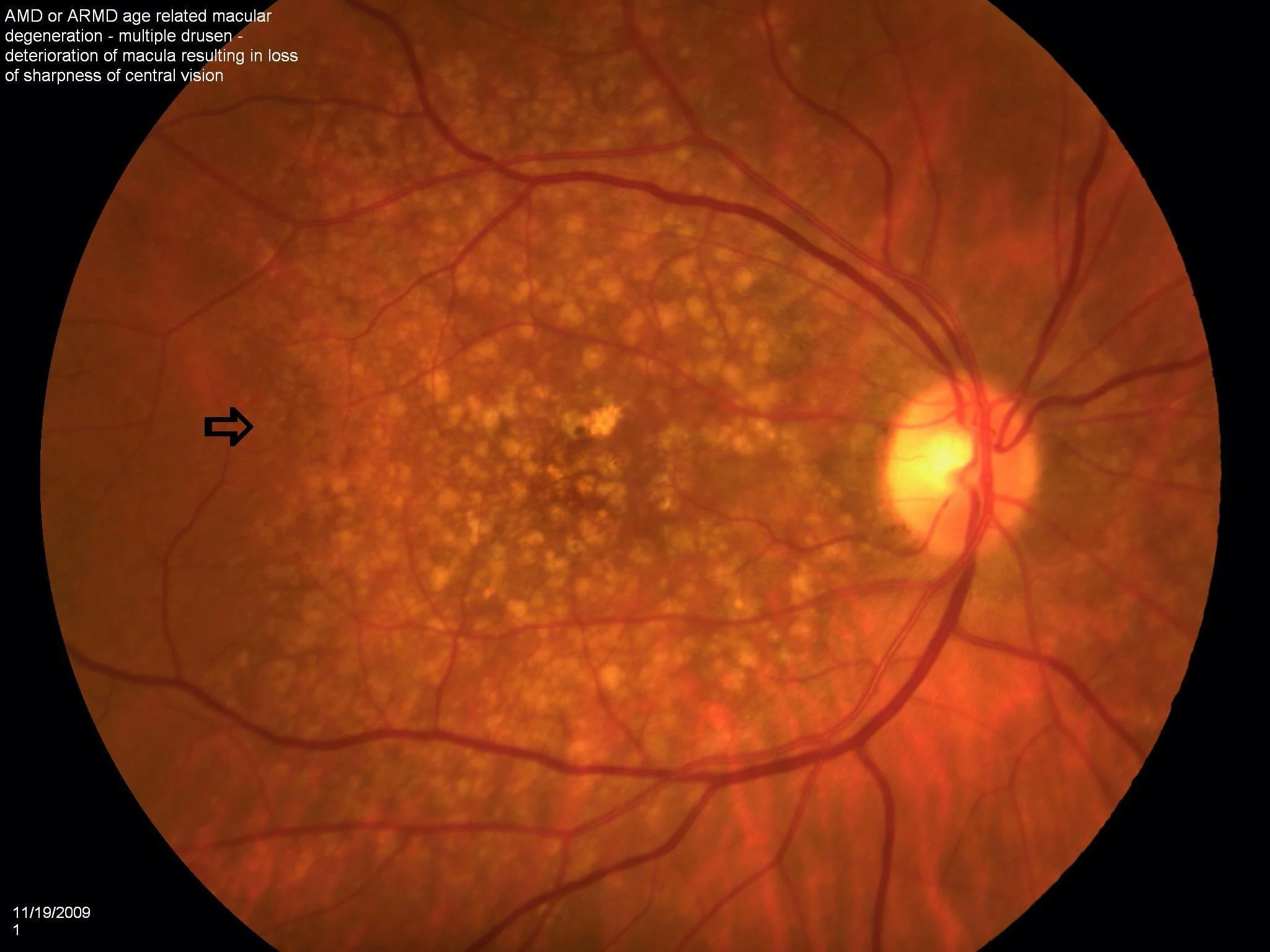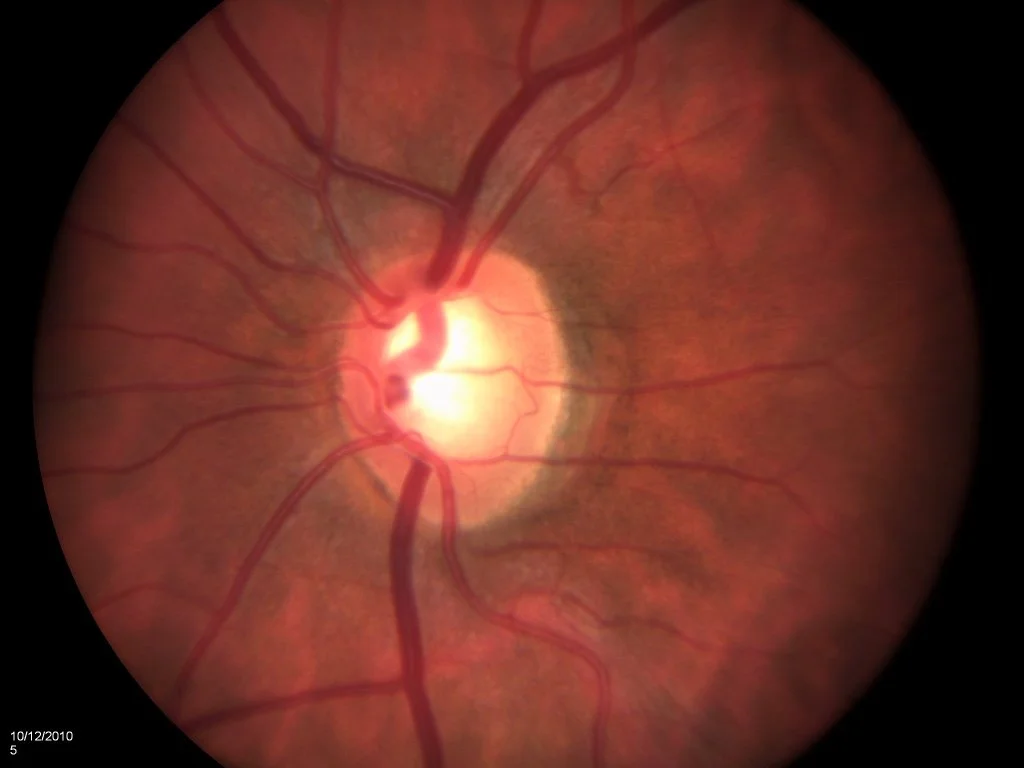Oculoplastic Surgery
Ocuplastic Surgery
Oculoplastic surgeons are ophthalmologists who have completed additional training in the treatment of the structures around the eyes, including eyelids, brows, tear ducts and eye sockets.
Functional and Reconstructive Oculoplastics: surgeries performed for medical conditions that cause bothersome symptoms or create an impairment. These surgeries are usually covered by your medical insurance.
-
Eyelid drooping can be caused by loose, excess skin (dermatochalasis), stretching of the eyelid elevator muscle (blepharoptosis), or drooping eyebrows (brow ptosis). Often people have a combination of these factors. There are also other, less common, causes for droopy eyelids. During your examination, Dr. Temnogorod will determine the cause of your droopy eyelids and will recommend a treatment course. Surgery is often recommended and the type of surgery is determined based on your examination and your functional and aesthetic goal. These surgeries can sometimes be covered by your medical insurance if testing shows that the eyelids are significantly affecting your peripheral vision. Most of these surgeries are performed under light sedation in a local ambulatory surgery center, but some can be performed in the office under local anesthesia.
Patients with mild eyelid ptosis without significant excess skin can be candidates for a daily eye drop called Upneeq, which stimulates one of the eyelid muscles and lifts the eyelid.
-
Different types of growths can develop on the eyelids, ranging from benign skin tags to pre-cancerous and cancerous lesions.
An examination of the lesion is the first step. Often a biopsy in the office is recommended to allow a pathologist to examine the lesion under the microscope and provide a definitive diagnosis. If a lesion appears to be benign but is bothersome, an excision of the lesion can be performed. If a biopsy confirms a malignant lesion (most commonly basal cell or squamous cell carcinoma), a complete excision is often coordinated with a local Mohs micrographic surgeon (dermatologist specializing in excision of skin cancers). This is followed by reconstruction of the eyelid by Dr. Temnogorod, most commonly performed under sedation at the ambulatory surgery center.
-
As the eyelid skin loosens and stretches with time, the lower eyelid can turn out (ectropion) or turn in toward the surface of the eye (entropion). Both of these conditions can cause irritation, discomfort, redness, and tearing. Eyelid malpositions can be treated surgically by tightening and re-anchoring the eyelid to the lateral orbital bone. This is usually performed at the ambulatory surgery center.
-
Excessive tearing can be very bothersome and can have several underlying causes, including dry eye, eyelid laxity, and obstruction along the nasolacrimal drainage system (the pathway through which tears drain from the ocular surface and into the nasopharynx).
“Reflex tearing” is very common and is caused by dryness or other irritation of the ocular surface, which stimulates the lacrimal gland to overproduce tears. This can be treated with adequate lubrication of the eye. Eyelid laxity or malposition (ectropion/entropion) can also lead to excessive tearing and this can be treated surgically with eyelid tightening.
If there is an obstruction along the nasolacrimal drainage pathway, the first step is to determine the location of the obstruction. This can be done in the office with a quick procedure which includes irrigation of the pathway.
Treatment is usually surgical and may include punctoplasty, silicone stent placement, or a dacryocystorhinostomy (DCR) depending on the location of the obstruction.
-
Botox is a very effective treatment for abnormal blinking or spasms of the eyelids caused by blepharospasm and hemifacial spasm. This treatment is performed in the office every 3-6 months and is usually covered by medical insurance.
Botox can also be used as a treatment for Temporomandibular Joint Dysfunction (TMJ) when other treatment modalities have not provided sufficient relief of pain and severe jaw clenching. This treatment is covered by some insurance companies.
Cosmetic Procedures
Cosmetic procedures are not covered by medical insurance.
-
A treatment for lines and wrinkles on the face, including forehead lines, “11 lines”, and “crow’s feet.”
-
Excess upper eyelid skin (dermatochalasis) can cause eyelids to feel heavy and lead to a tired or aged appearance. There is no medical treatment for this, but surgery can be performed to remove the excess skin and create a more refreshed, youthful appearance. Surgery can be performed in the office under local anesthesia or at the ambulatory surgery under light sedation.
-
Multiple changes occur in the lower eyelids over time, including thinning and stretching of the eyelid skin, protrusion of the eyelid fat pads creating “bags” under the eyes, and loosening of the ligaments attaching the eyelids to the bones of the eye socket.
A lower eyelid blepharoplasty is a surgical procedure performed to reduce the appearance of lower eyelid sagging and “bags.” The exact surgical plan is tailored to each patient depending on the extent of the above changes.
This procedure is usually more involved than the upper eyelid blepharoplasty and takes a longer amount of time. It is performed in the ambulatory surgery center under sedation or general anesthesia and is never covered by medical insurance.




